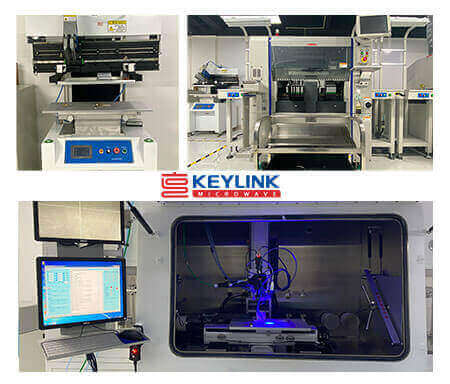Laser Radar
LiDAR is a radar system that emits laser beams to detect the location and speed of a target. Modern 3D lidar sensors combine high horizontal longitudinal andradial resolution and are key components of L4 and L5 autonomous vehicles.
frequency modulated continuous wave (FMCW) lidar, in which the laser emits a linear optical frequency. Coherent ranging has the advantages of enhanced distanceresolution, direct detection of speed using Doppler effect, and freedom from sun glare and interference. However, the current technology for precise control ofnarrow linewidth frequency agile lasers is very complicated, which hinders the successful parallelization of FMCW lidar.
According to media reports, researchers from the Tobias Kippenberg Laboratory at the Federal Institute of Technology in Lausanne (EPFL) in Switzerland havefound a new way to deploy parallel FMCW lidar engines using integrated nonlinear photonic circuits. The researchers coupled a single FMCW laser into asilicon nitride planar micro-resonator. The continuous wave laser was converted into a stable optical pulse train due to the double balance of dispersion,nonlinearity, cavity pumping and loss.
Johann Riemensberger, a postdoctoral fellow in the Kippenberg laboratory and the first author of the study, said, “It is surprising that the formation ofdissipative Kerr solitons not only persists when the pump laser occurs, but also transmits to all generated combs. Like teeth."
The comb tooth pitch of this small-sized microresonator is 100 GHz, and it is sufficient to separate them using standard diffractive optical elements. Since eachcomb tooth has the linearity of the pump laser, up to 30 independent FMCW lidar channels can be created in the micro resonator. In addition, each channel can simultaneously measure the distance and speed of the target. At the same time, the spectral separation of different channels makes the device free from channel crosstalk and can be perfectly integrated with the newly deployed optical phased array based on the photon integrated grating emitter.
This micro resonator can realize the spatial separation of the emitted light beams, and works in the 1550 millimeter wave band, thereby reducing the stricthuman eye and camera safety restrictions. Anton Lukashchuk, a doctoral student in the Kippenberg laboratory, said, "The technology developed by EPFL canincrease the capture rate of FMCW coherent lidar by 10 times in the near future."
The high-quality silicon nitride microresonator is produced by EPFL Micro and Nano Technology Center (CMi), and has been put into the market byLiGENTEC SA, a subsidiary of EPFL. This research laid the foundation for the widespread application of coherent lidar in autonomous vehicles. Currently,researchers are working to integrate lasers, low-loss nonlinear microresonators and photodetectors into a single, compact photonic package.
Over the past year, KeyLink Microwave has made some achievements in the microwave and RF power amplifiers industry.
The KN2650M52A is suitable for multi octave broadband high power RF linear applications. This compact module utilizes advanced high power LDMOS devices that provide excellent po...
I'm glad to inform you that KeyLink Microwave officially starts work from today. Thank...
The frequency range determines the scanner's penetration characteristics and available bandwidth. In general, the higher the frequency, the greater the penetration (in some case...






